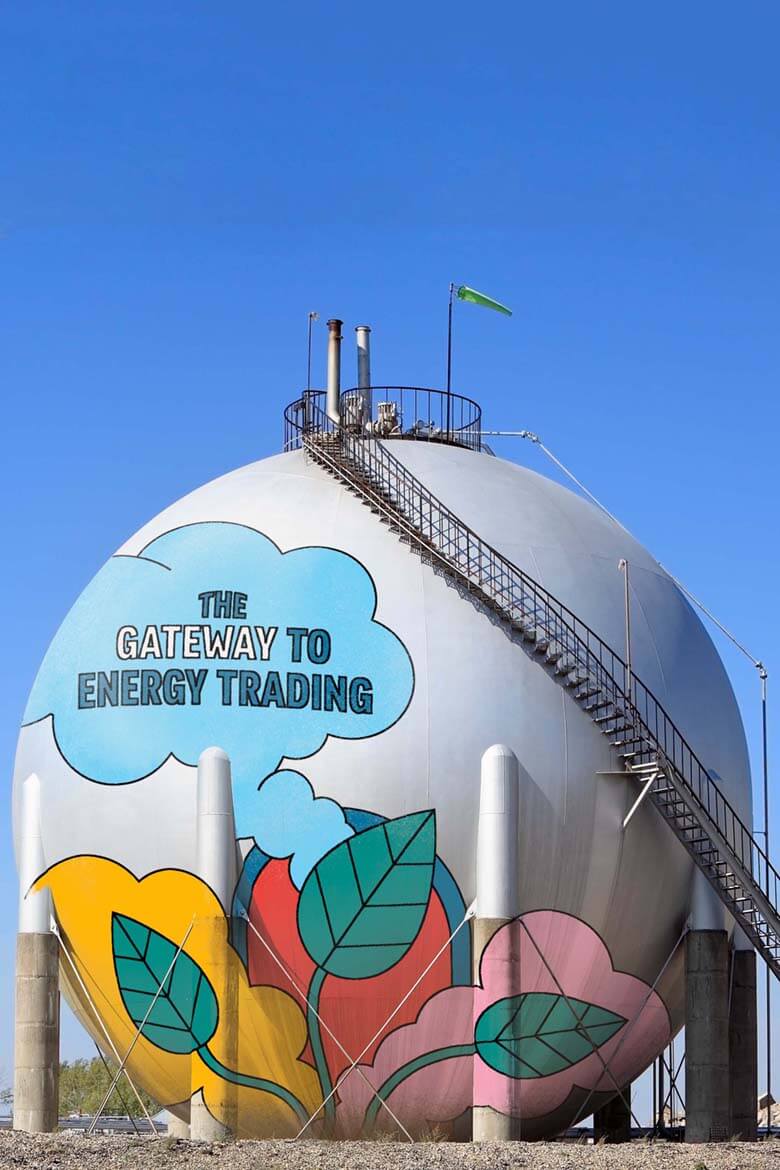The energy transition and the drive to net-zero emissions is not necessarily bad news for oil and gas terminals. These facilities, currently a crucial part of the logistics and distribution of fossil-based fuels, have an opportunity to become principal facilitators of the transition by helping to develop new low-carbon lines of products and services.
Admittedly, right now, some refining facilities are being forced to shutter and regional supply-demand patterns are shifting dramatically. Still, given their uniquely vital role in trading of traditional liquid fuels, terminals could also play an equally pivotal role in the transport and logistics of newer, emerging product lines like hydrogen, renewable diesel, sustainable aviation fuel, and their associated feedstocks. In essence, this gives terminals a new lease on life and new value in the energy transition, while retaining their traditional role as the gateway to energy trading.
Largely in response to growing investor interest in low-carbon fuel alternatives, industry-leading facilities are beginning to repurpose or adapt operations. One of the biggest facilities to take the plunge is Stargate Terminal in Rotterdam, which has announced plans to develop infrastructure for handling low-carbon commodities such as green and blue hydrogen.
Currently, only about 10% of global capacity can handle and store biofuels. Examples of ports with biofuel capacity include Rotterdam, Gothenberg in Sweden, Klaipedos in Lithuania, and Singapore. More infrastructure is being planned, such as the conversion of Slagen Terminal in Norway as well as Marsden Point in New Zealand.
Build a business case
Terminals that build their business cases now will ride the wave of clean fuels — staying relevant in this evolving market and simultaneously driving the energy transition. That said, while lucrative business opportunities in alternative fuels exist, they require calculated bets on specific types of renewable feedstocks, technologies and investments into the required infrastructure, such as sophisticated testing and blending capacity. Because these are nascent markets with limited production capacity, there is some risk with a terminal’s ability to provide new product lines dependent upon its ability to convince producers to co-locate renewable fuel production facilities.
Before diving in, terminals must have a clear perspective on how demand for oil and gas will evolve over the next decades, as well as how fast the emerging mix of alternatives will be adopted. This would be key in determining how much capacity terminals will want to dedicate to alternative fuels versus traditional and understanding the potential return on that capacity.
The reward from being a first mover is the ability to garner scale. An example of this would be Singapore’s successful wooing of Neste’s first Asian renewable fuel plant in 2010, which helped it pursue its ambition to become the renewable fuel production hub of Asia.
The future with hydrogen
Terminals need to start building their business cases now. One product line they can consider is the synergies between natural gas and hydrogen. Blending the two gases can be done without great difficulty and cost.
Existing natural gas and liquefied natural gas infrastructure provides a path toward cleaner energy without requiring significant infrastructure augmentation. Low levels of hydrogen blended in with natural gas are compatible under current operating conditions, with blending already underway in the Asia-Pacific region.
Hydrogen use will also be important for industrial customers as they look to decarbonize their consumption of energy. Hydrogen’s ability to produce high amounts of heat when burned gives it an advantage over electricity, especially for industrial processes with immense heating requirements.
This places terminals in a position to offer end-to-end energy solutions that are both green and meet industrial heating requirements for industries such as steel and construction. Historically, for example, steel production has been a significant contributor to global carbon dioxide emissions, with limited alternatives to fuel blast furnaces. Terminals with hydrogen capacity can help the steel industry produce greener steel.Leveraging ammonia markets to expand the hydrogen market
The next evolution for hydrogen could involve its intersection with ammonia. Ammonia is a cost-effective way to transport and store hydrogen, and there are already emerging trends to incorporate hydrogen and ammonia production into energy supply chains throughout the world. Given ammonia’s well-established market in the production of fertilizer, terminals could leverage an existing growth customer and supply base to expand capabilities in hydrogen.
This could also lead to increased construction and adoption of renewable energy. The ability to cost effectively store and utilize hydrogen on demand would solve the problem of intermittency in renewables and can be reliably used to support the grid in times of low renewable output. The important role of terminals in ensuring sufficient green ammonia and ultimately hydrogen will make them pivotal in the quest for net zero in 2050.
Finally, the flexibility to use hydrogen as clean feedstock allows for production of base chemicals and renewable fuels in a lower carbon manner. These chemicals are likely to support areas where decarbonization is difficult, such as in plastic manufacturing or synthetic fibres.
A new business model
The aggregation of hydrogen, ammonia, chemicals production and renewable energy can create “green hubs,” with terminals at the center. This ecosystem business model should be the vision for terminals moving into the world of decarbonization.
The energy industry is still at the start of a green revolution where a pathway to net zero will require all types of alternatives in terms of new feedstocks, fuels, and technologies. First movers willing to co-invest with refiners and producers will stand to gain from scale and early adoption, and as a result have the competitive advantage to expand more quickly than laggards. But the transition must be carefully planned, so as not to get too far ahead of the market.
A version of this article was published in Brink

